The Bullet Proof Jacket Market is currently characterized by a dynamic competitive landscape, driven by increasing security concerns and advancements in protective technologies. Key players such as DuPont (US), Honeywell (US), and Point Blank Enterprises (US) are at the forefront, each adopting distinct strategies to enhance their market positioning. DuPont (US) focuses on innovation in materials, particularly with its Kevlar® technology, which remains a benchmark in ballistic protection. Meanwhile, Honeywell (US) emphasizes regional expansion and partnerships, particularly in emerging markets, to capitalize on rising demand for personal protective equipment. Point Blank Enterprises (US) is strategically enhancing its product offerings through mergers and acquisitions, thereby broadening its portfolio and market reach. Collectively, these strategies contribute to a competitive environment that is increasingly focused on technological advancement and market responsiveness.
The business tactics employed by these companies reflect a concerted effort to optimize supply chains and localize manufacturing. The Bullet Proof Jacket Market appears moderately fragmented, with several players vying for market share. However, the influence of major companies is substantial, as they leverage their resources to set industry standards and drive innovation. This competitive structure allows for a diverse range of products, catering to various segments, from military to civilian applications.
In August 2025, DuPont (US) announced a partnership with a leading tech firm to develop smart textiles that integrate sensors for real-time threat assessment. This strategic move not only enhances the functionality of bulletproof jackets but also positions DuPont (US) as a pioneer in the integration of technology within personal protective equipment. The implications of this partnership could redefine user experience and safety protocols in high-risk environments.
In September 2025, Honeywell (US) launched a new line of lightweight ballistic vests designed for law enforcement agencies, incorporating advanced materials that offer superior protection without compromising mobility. This initiative underscores Honeywell's commitment to addressing the specific needs of its customers, thereby strengthening its market position. The introduction of these vests is likely to attract significant attention from law enforcement agencies seeking to enhance officer safety.
In July 2025, Point Blank Enterprises (US) completed the acquisition of a smaller competitor specializing in custom ballistic solutions. This acquisition is strategically significant as it allows Point Blank Enterprises (US) to diversify its product offerings and enhance its technological capabilities. By integrating these specialized solutions, the company is poised to meet the growing demand for tailored protective gear in various sectors, including private security and law enforcement.
As of October 2025, the Bullet Proof Jacket Market is witnessing trends that emphasize digitalization, sustainability, and the integration of artificial intelligence. Strategic alliances are increasingly shaping the competitive landscape, enabling companies to pool resources and expertise. The shift from price-based competition to a focus on innovation and technology is evident, as firms strive to differentiate themselves through advanced materials and smart technologies. Moving forward, the competitive differentiation in this market will likely hinge on the ability to innovate and ensure supply chain reliability, as companies adapt to evolving consumer expectations and regulatory standards.


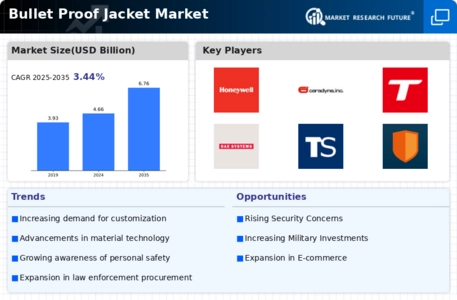
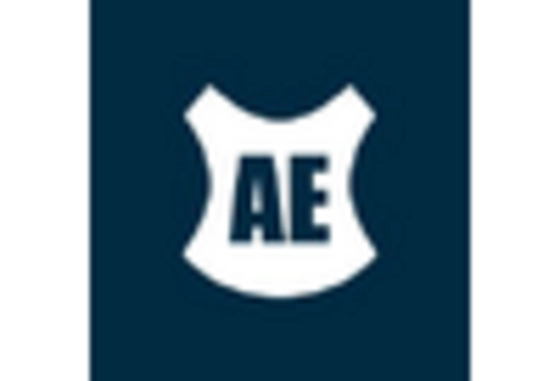
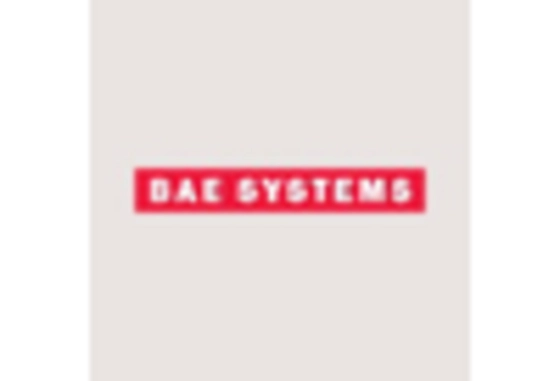


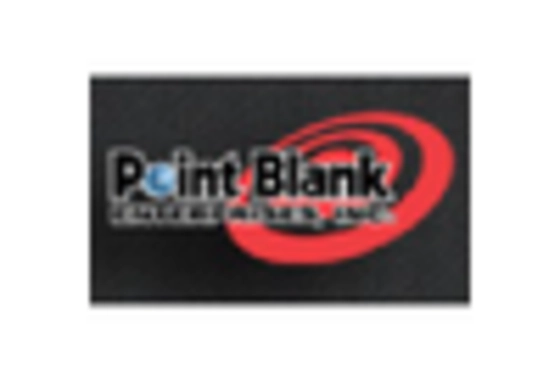
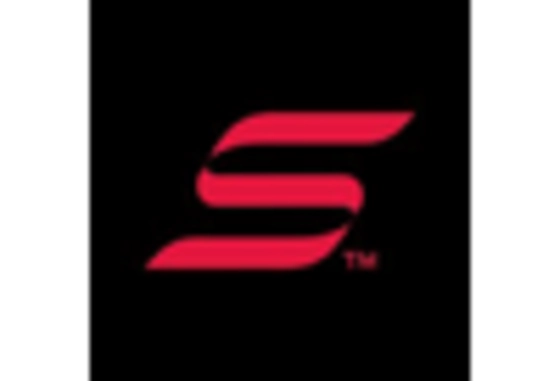








Leave a Comment